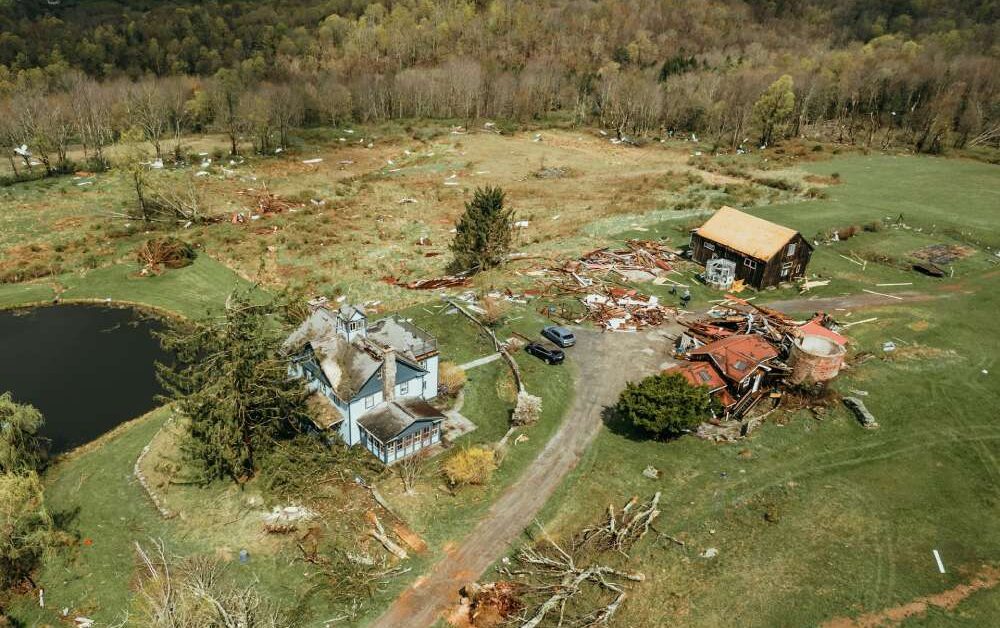While nature’s fury can profoundly impact properties, the insurance mechanism helps soften the blow. Storm damage claims provide a lifeline for homeowners, offering the financial support necessary to rebuild and recover. This process is integral in repairing physical structures and restoring a homeowner’s peace of mind. By understanding how these claims work, homeowners can better navigate the aftermath of devastating storms with confidence and clarity.
Contents
The Importance of Storm Damage Insurance Claims
Storm damage insurance claims are essential tools that empower homeowners to begin the rebuilding process. They offer a practical safety net designed to mitigate out-of-pocket expenses and address the immediate financial burdens that follow. Upon experiencing storm damage, filing a claim ensures homeowners receive compensation for necessary repairs and replacements.
The faster you file, the quicker the recovery journey can begin, allowing for prompt repairs to damages and preventing further deterioration. This financial support is more than just monetary; it represents the promise of returning to everyday life, secure in the knowledge that storm damages are being addressed.
Hurricane damage insurance claims hold significant importance due to the extensive devastation such storms can unleash. These claims cover damages from high winds, rain, and flooding commonly associated with hurricanes. Homeowners with comprehensive hurricane insurance can file claims to repair structural damages, replace destroyed property, and address water intrusion issues.
Understanding the specifics of a hurricane policy, including what is covered and the claim-filing procedures, can empower homeowners to make informed decisions. By preparing in advance and proactively documenting hurricane damage, the claims process can proceed smoothly, allowing quicker restoration and relief for affected families.
Steps to a Successful Claims Process
The path to a successful insurance claim begins with thorough documentation. Collecting evidence of the damage through photographs, videos, and a detailed inventory of affected items is crucial. This documentation is the foundation of your claim, providing clear evidence to your insurance provider. Promptly contacting your insurance company to report damages and begin the claim process is also vital. Be sure to follow your insurer’s specific procedures, as adhering to their guidelines can prevent unnecessary delays.
Working closely with your insurance adjuster, maintaining open communication lines, and promptly providing any requested documents can further ensure a smoother process. Patience and organization are critical in navigating claims, helping you achieve a settlement that adequately covers repair and restoration costs.
The Role of Insurance in Community Recovery
Beyond individual households, successful storm damage claims contribute to broader community recovery efforts. When homeowners rebuild and repair, it invigorates local economies and fosters community resilience. As neighbors begin rebuilding, a collective spirit of recovery takes hold, promoting more vital, prepared communities. Thus, Insurance claims serve as individual lifelines and pillars supporting the overall therapeutic process within neighborhoods.
Conclusion
In the face of unpredictable weather events, storm damage insurance claims are vital in helping homeowners rebuild and restore their lives. By facilitating financial recovery, these claims alleviate the stress and uncertainty that follows storm damage.
Fortified with a clear understanding of the claims process and the proper documentation, homeowners can take assertive steps toward reclaiming their homes and livelihoods. At their core, these claims provide more than financial relief—they offer hope and stability, paving the way for a brighter, more resilient future.

